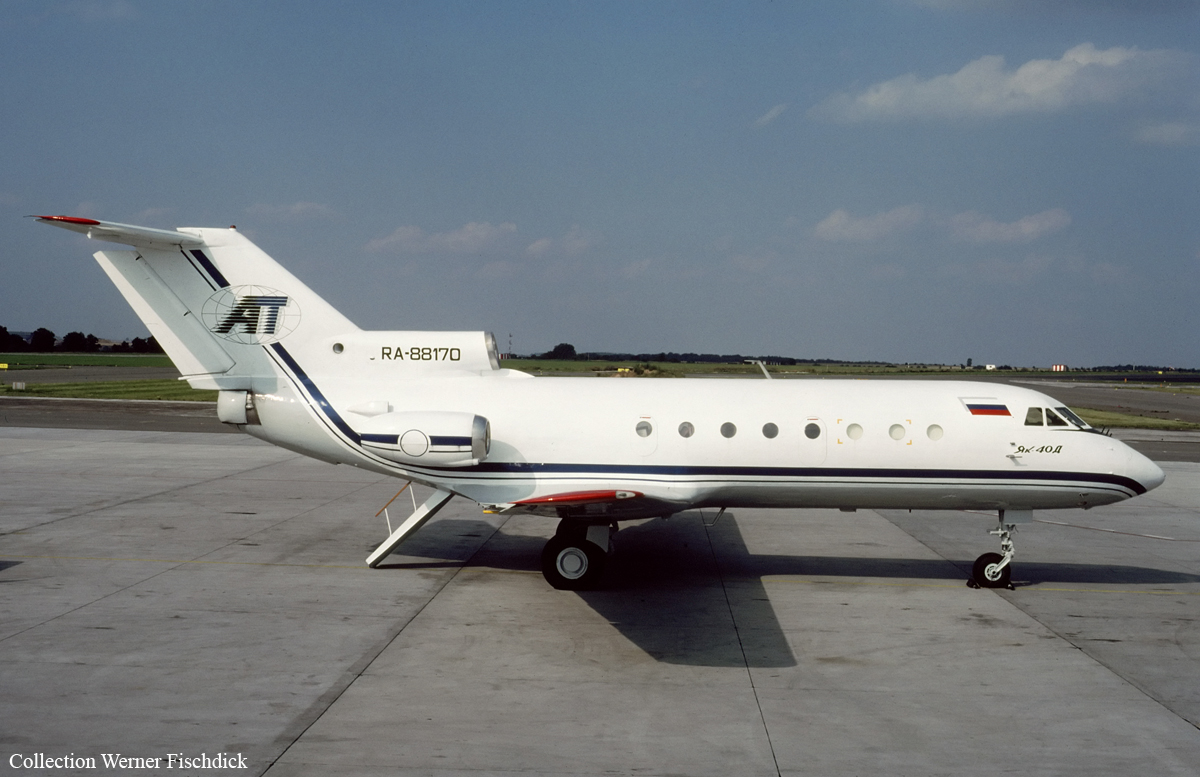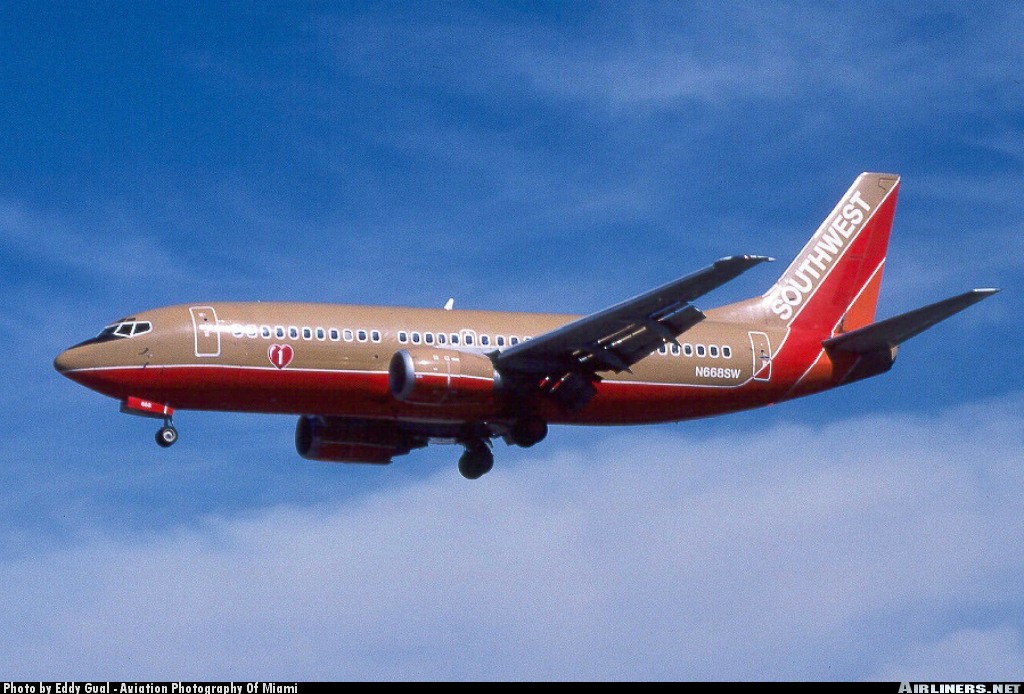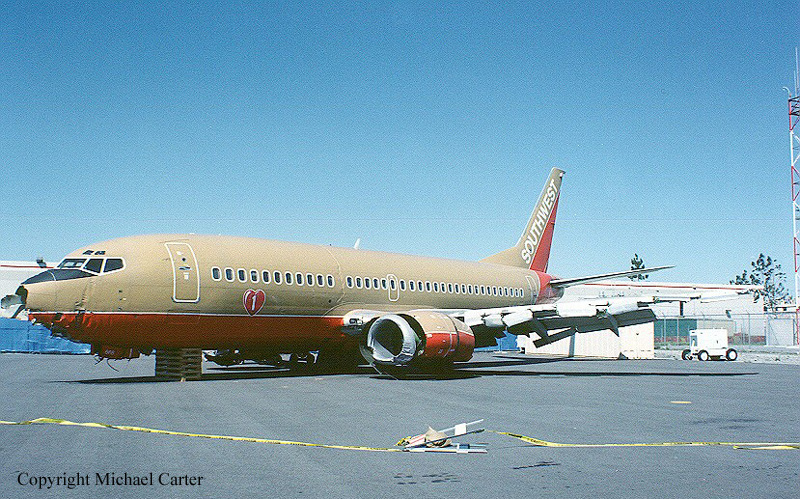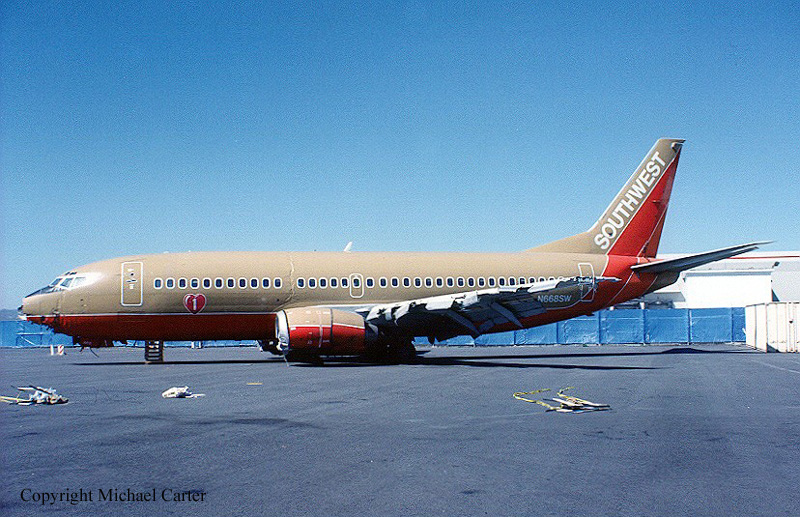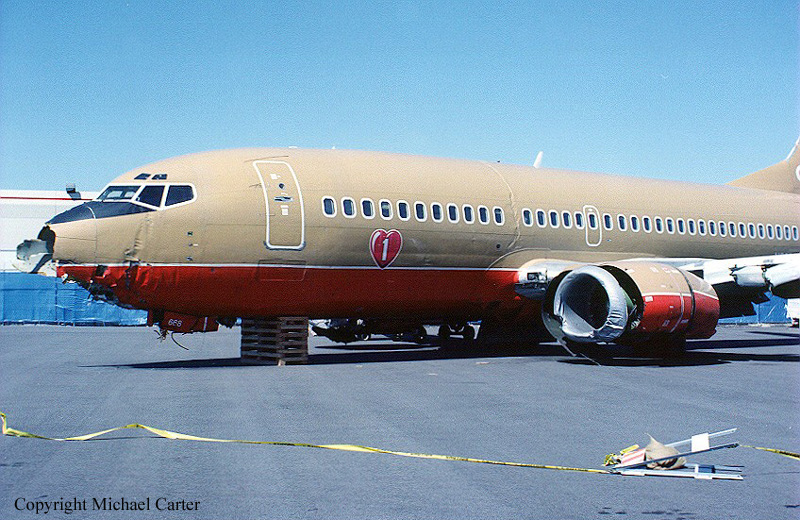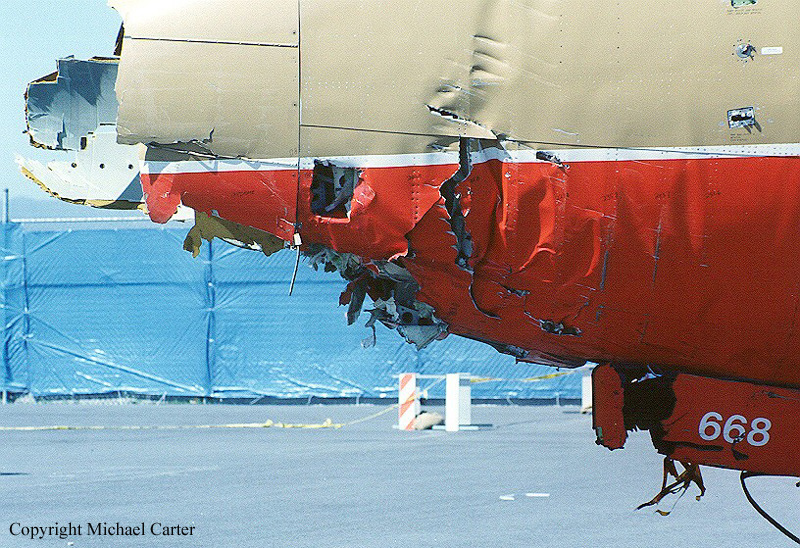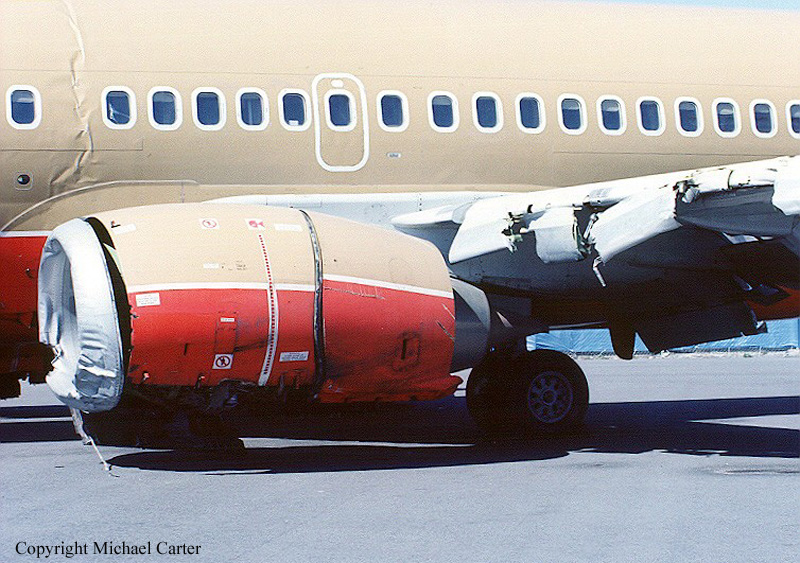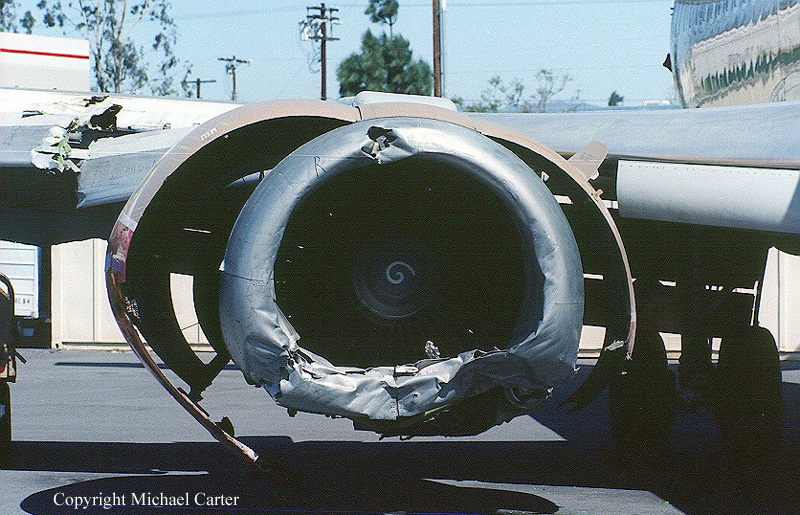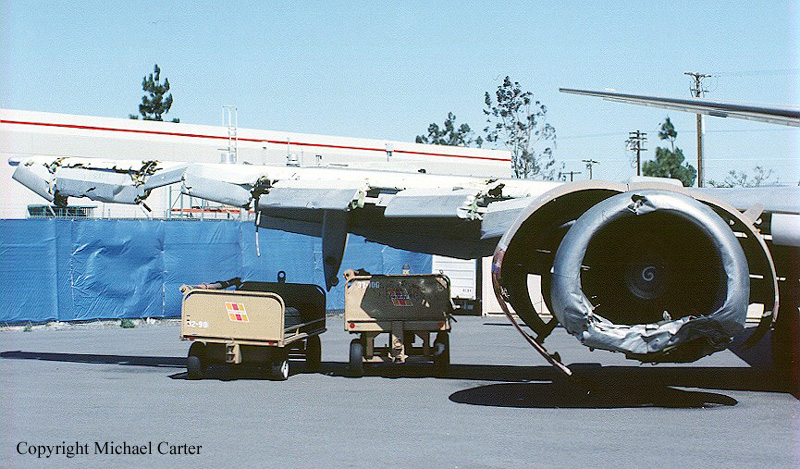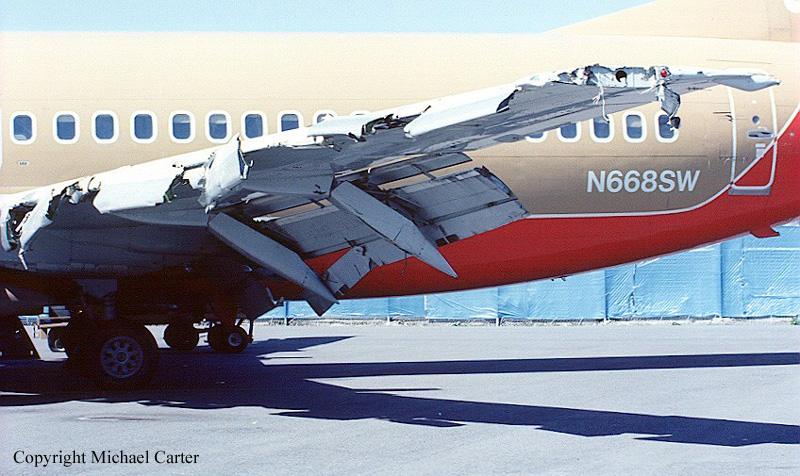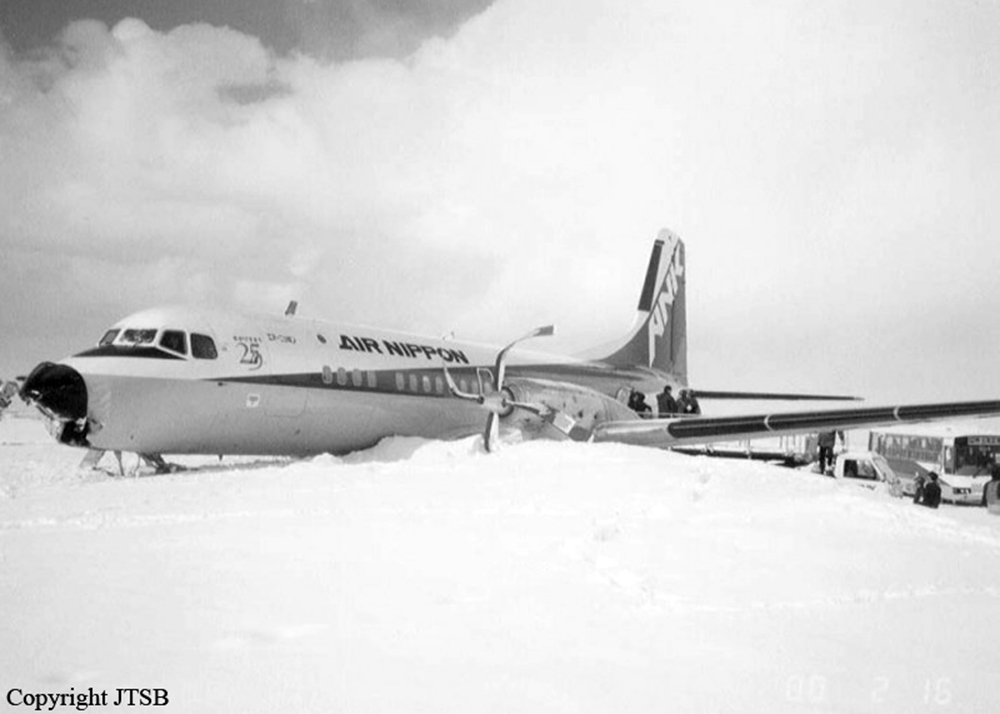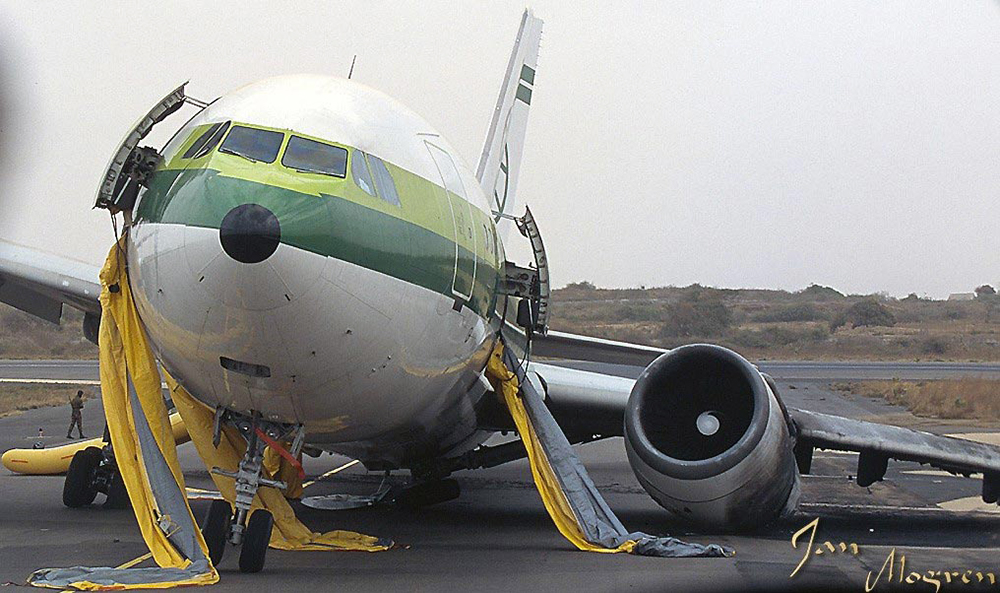Crash of a Yakovlev Yak-40D in Moscow: 9 killed
Date & Time:
Mar 9, 2000 at 0843 LT
Registration:
RA-88170
Survivors:
No
Schedule:
Moscow - Kiev
MSN:
9 62 08 47
YOM:
1976
Flight number:
VGV9651
Crew on board:
5
Crew fatalities:
Pax on board:
4
Pax fatalities:
Other fatalities:
Total fatalities:
9
Aircraft flight hours:
21428
Aircraft flight cycles:
20497
Circumstances:
The initial STD was 0800LT but as the passengers were late, the departure was postponed. Apparently to avoid to miss the slot, the crew precipitated the departure. After liftoff, the undercarriage were retracted immediately. At a speed of 230 km/h, the aircraft climbed to a height of 15 metres then rolled to the left at an angle of 65° and crashed 1,200 metres from the departure point. The aircraft was destroyed by impact forces and there was no fire. All nine occupants were killed, among them the Russian journalist Artiom Borovik. At the time of the departure, there were snow falls at Moscow Airport.
Probable cause:
The aircraft stalled after liftoff due to a loss of lift due to the combination of the following contributing factors:
- Poor flight preparation,
- The crew expedited the takeoff procedure,
- The aircraft was manually cleaned from snow prior to departure but not deiced,
- The flaps were down at 11° instead the required 20°,
- The elevators were positioned at -4,3° instead of +2,2°,
- The rotation was initiated at an insufficient speed,
- Wings and critical surfaces were still contaminated with frost.
- Poor flight preparation,
- The crew expedited the takeoff procedure,
- The aircraft was manually cleaned from snow prior to departure but not deiced,
- The flaps were down at 11° instead the required 20°,
- The elevators were positioned at -4,3° instead of +2,2°,
- The rotation was initiated at an insufficient speed,
- Wings and critical surfaces were still contaminated with frost.
